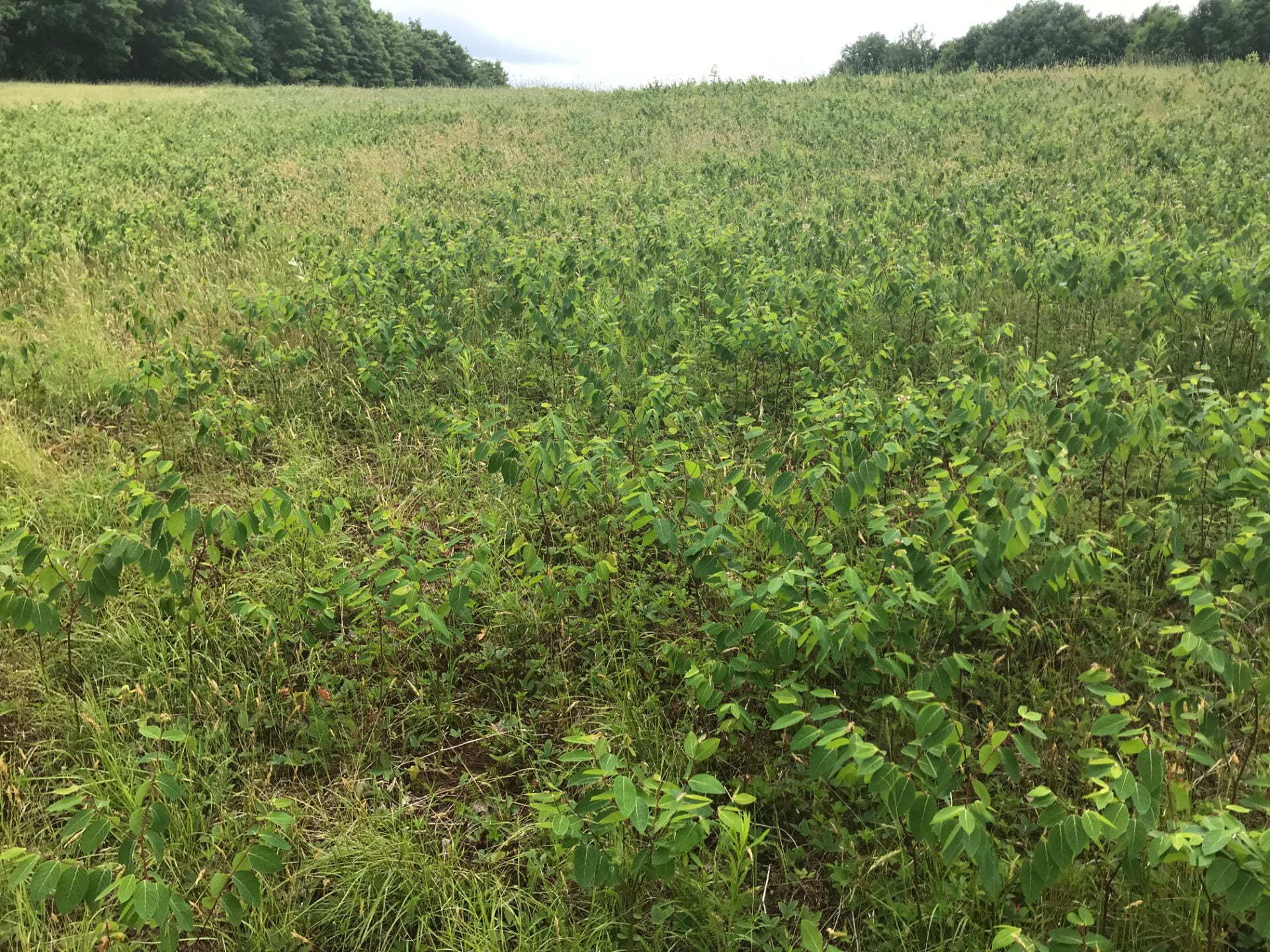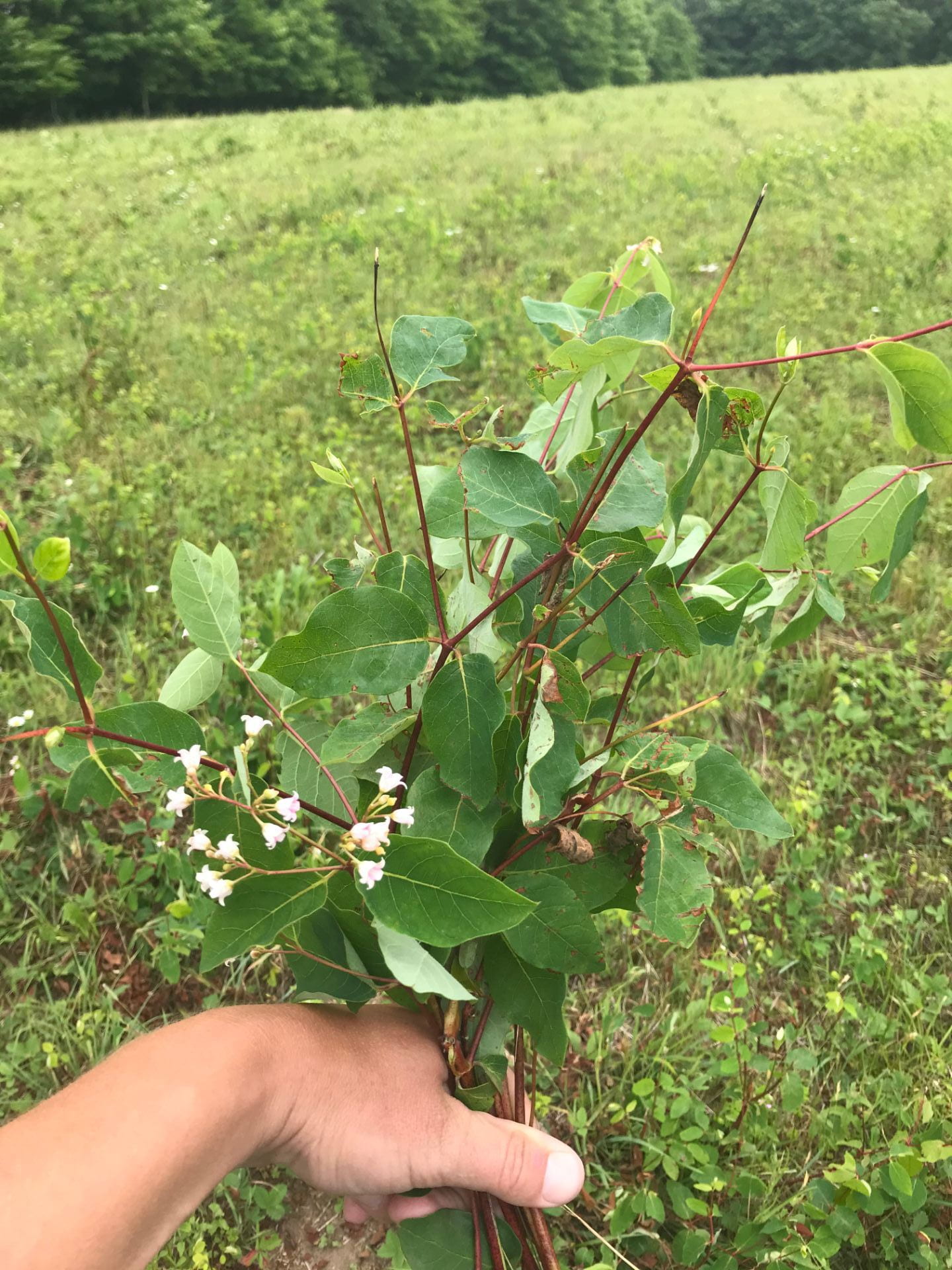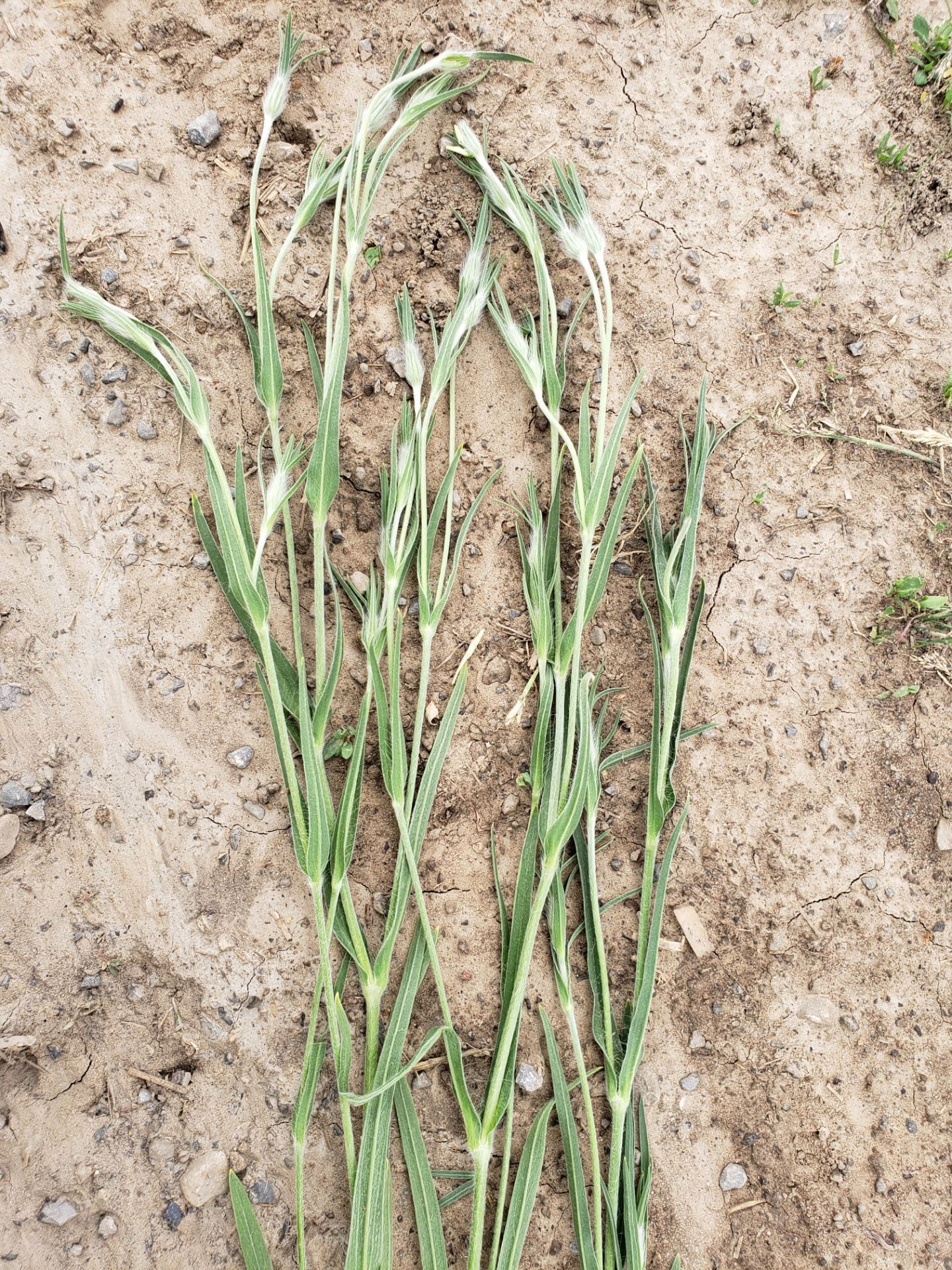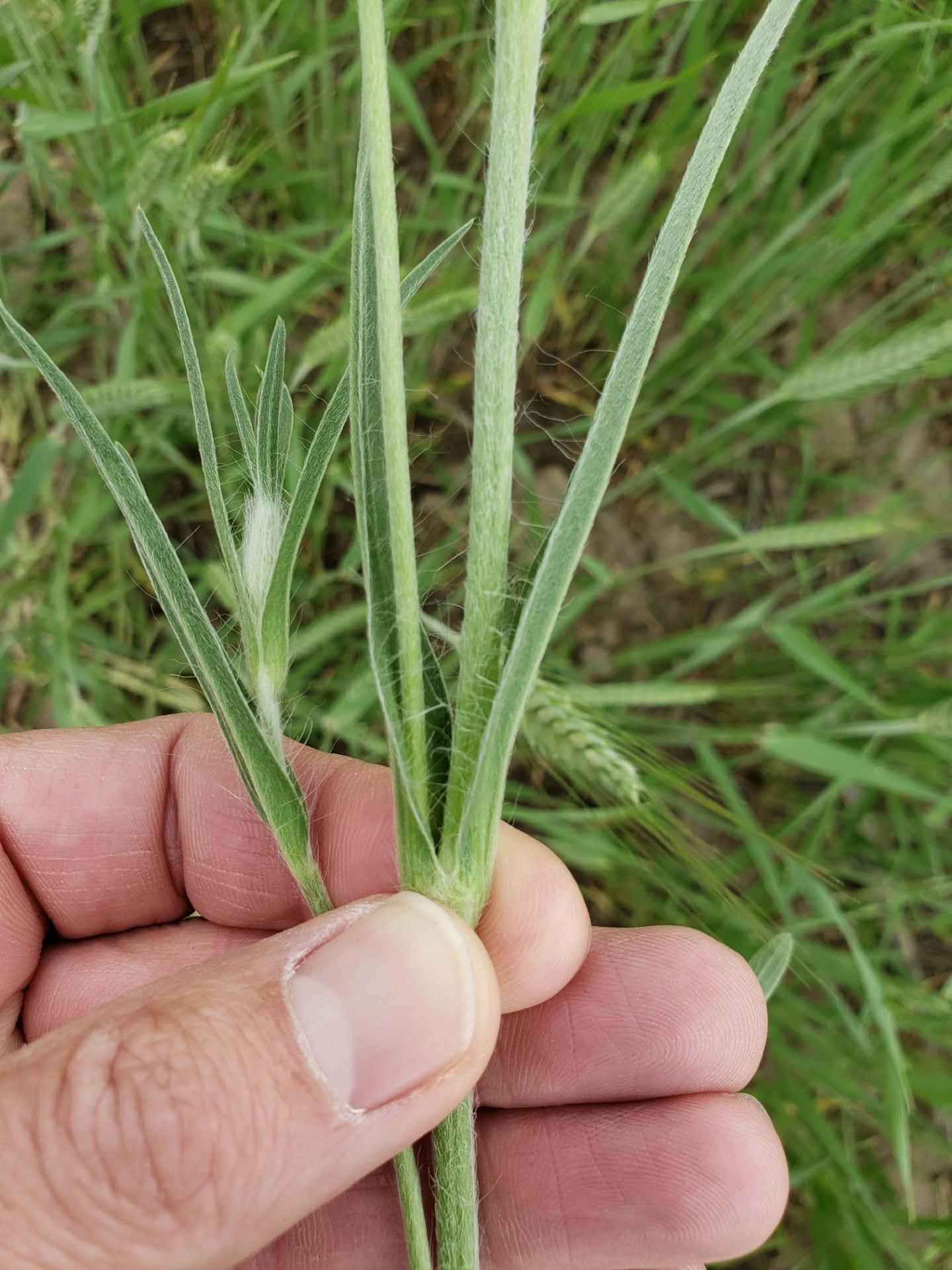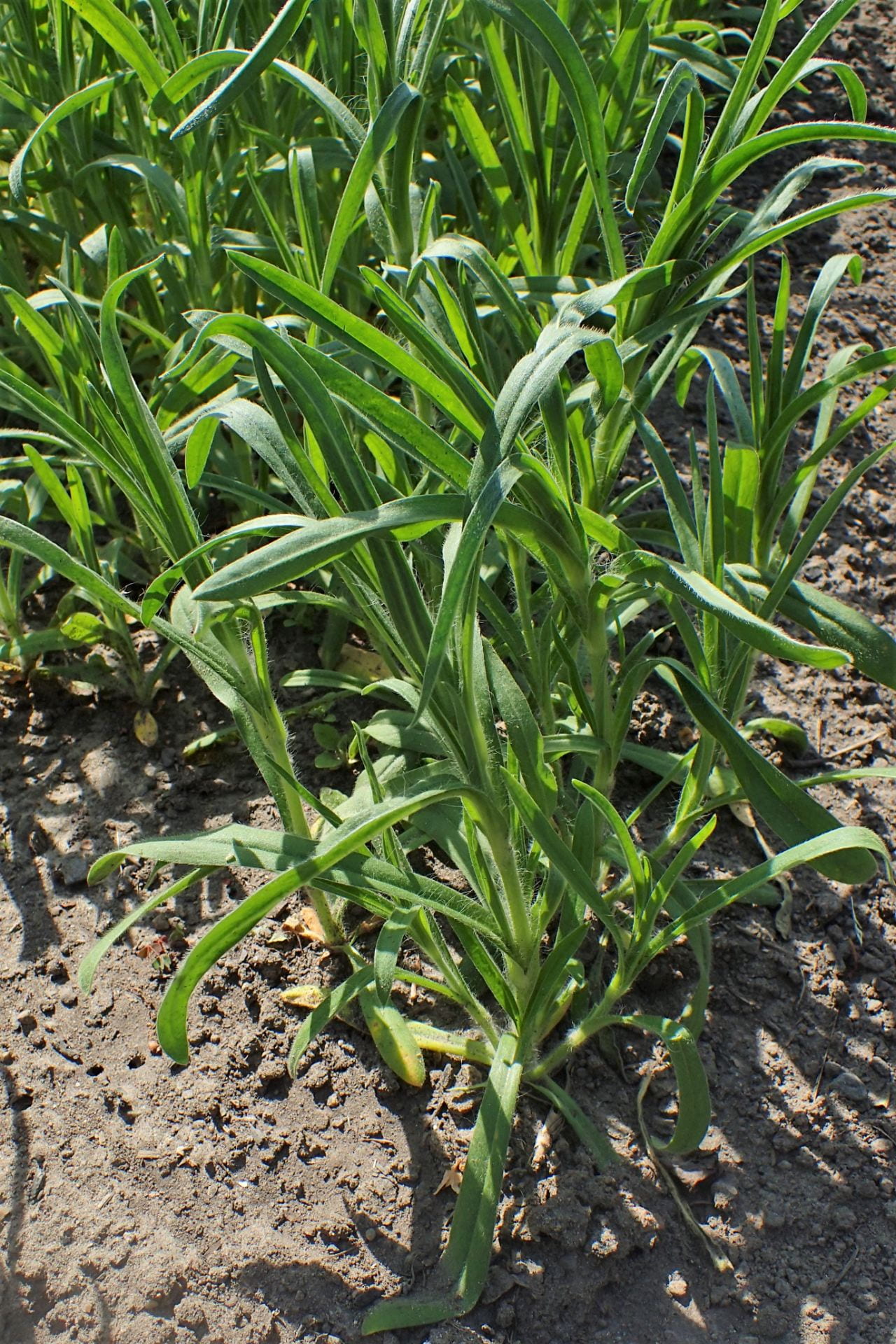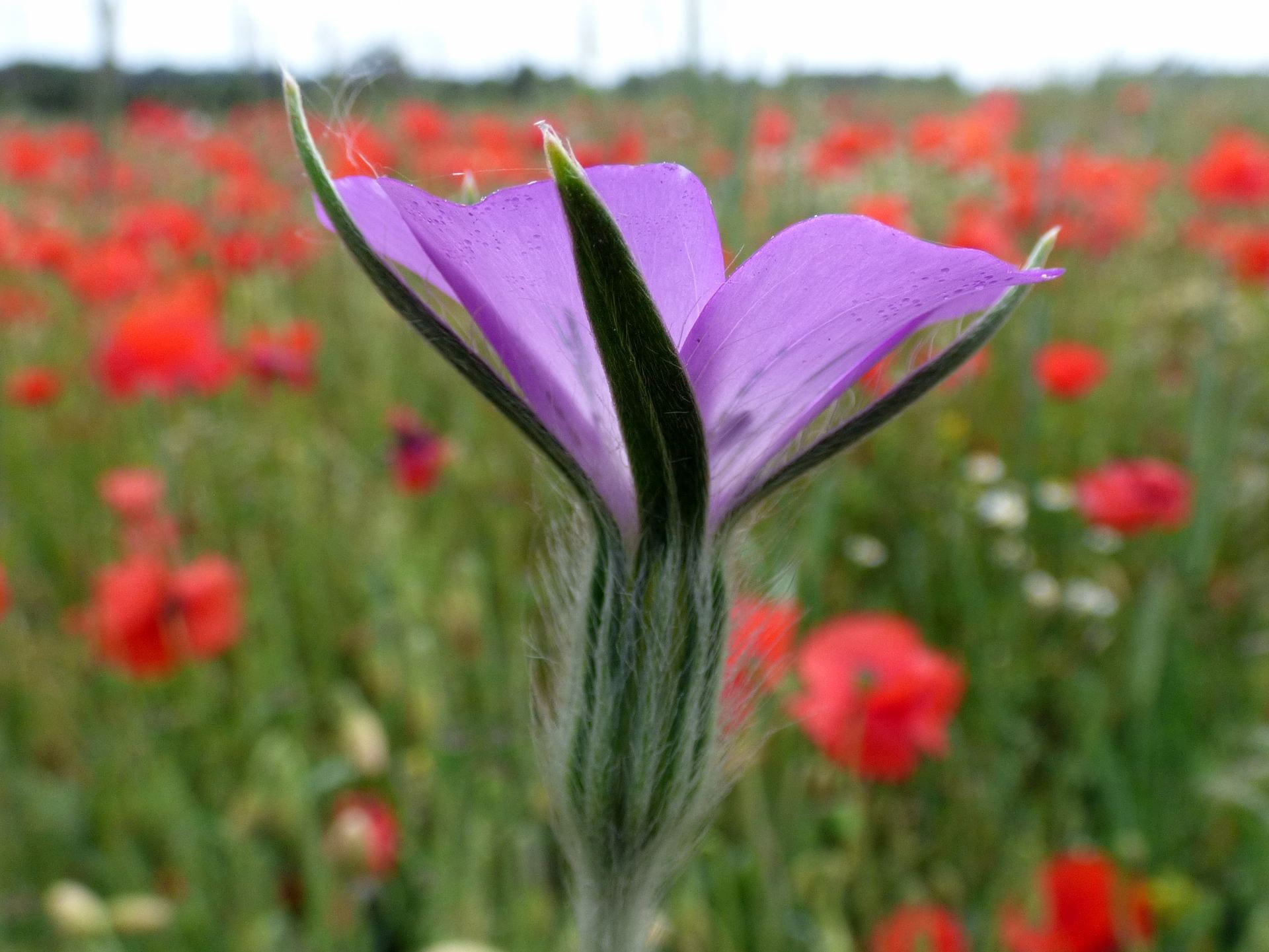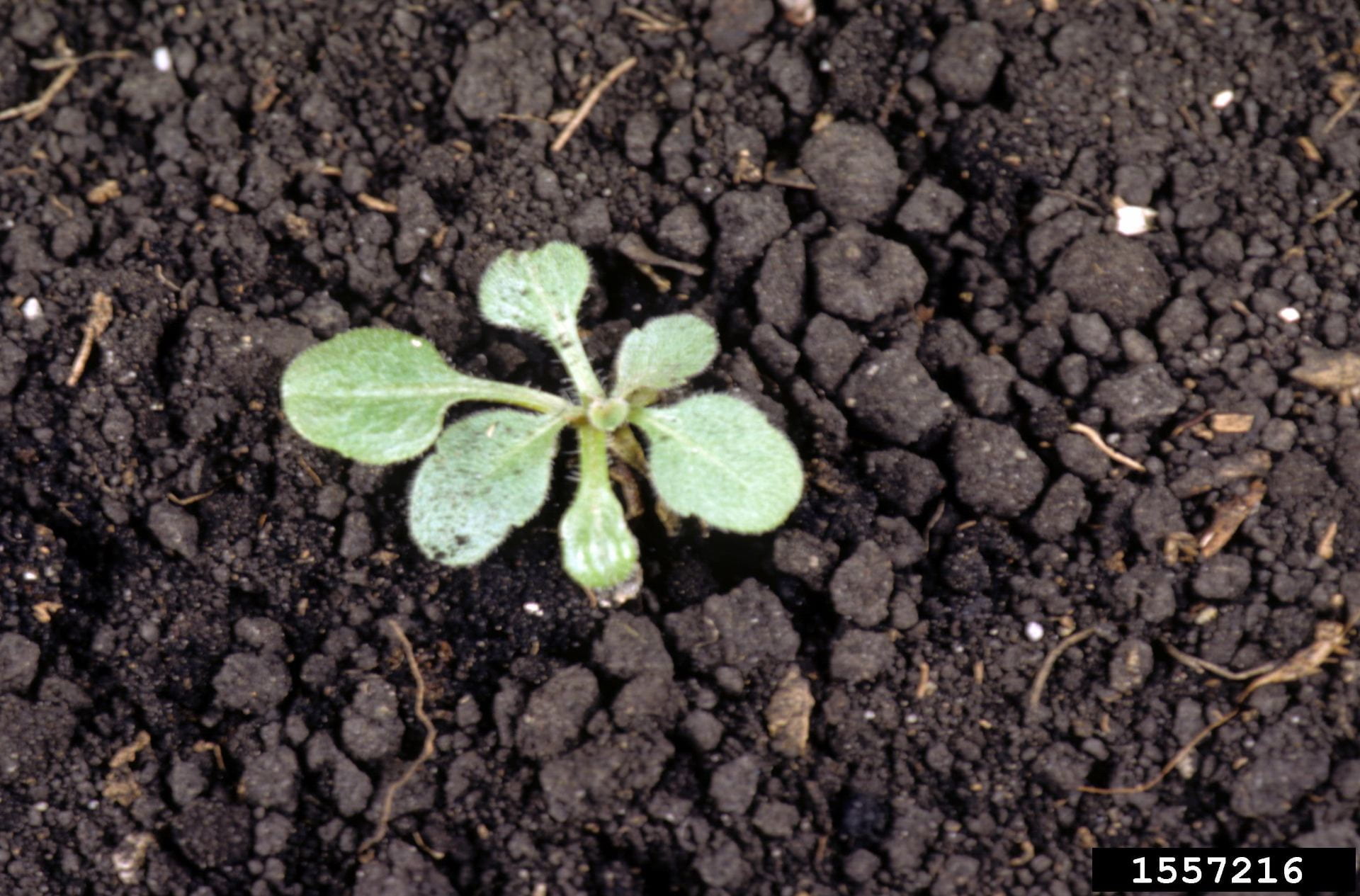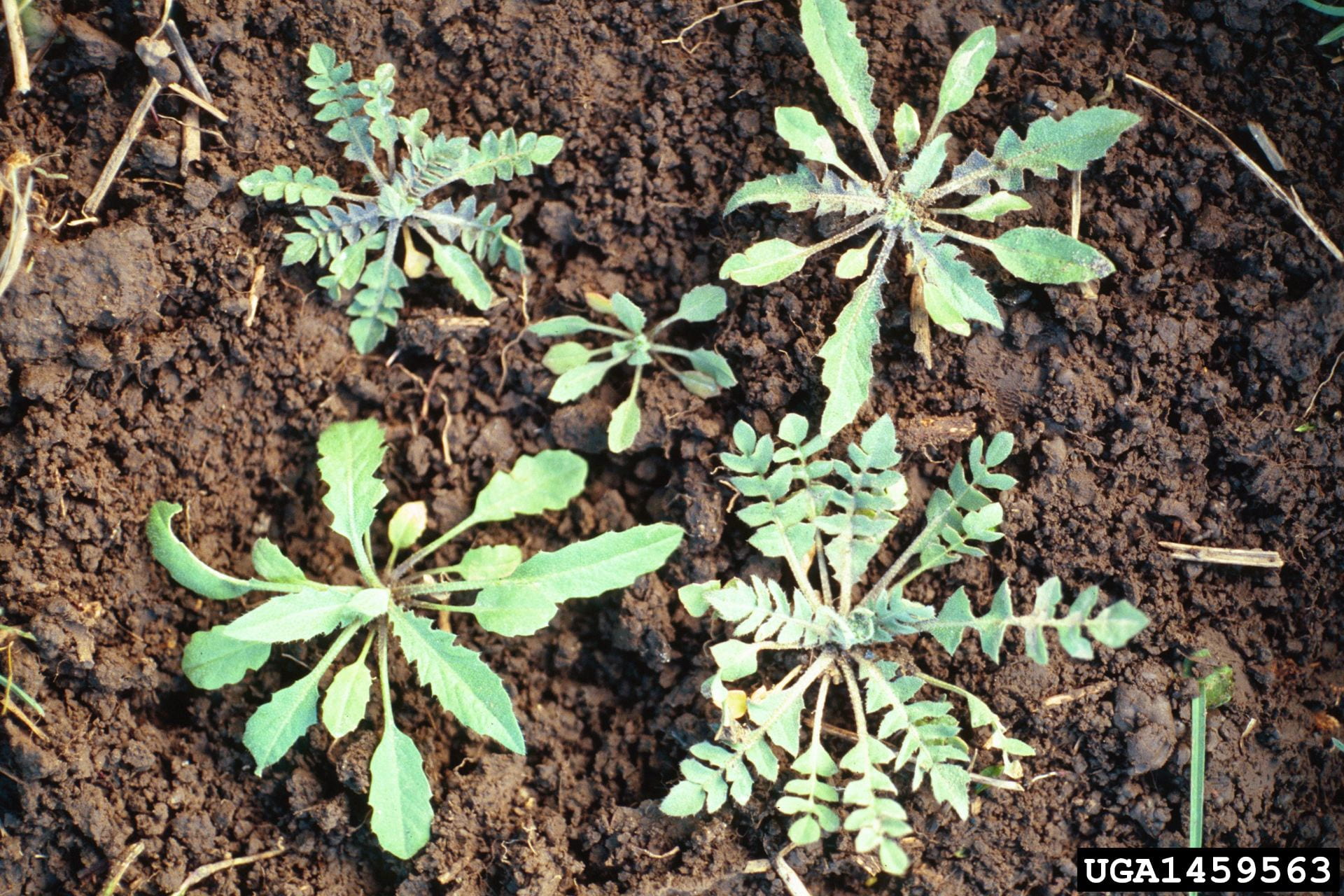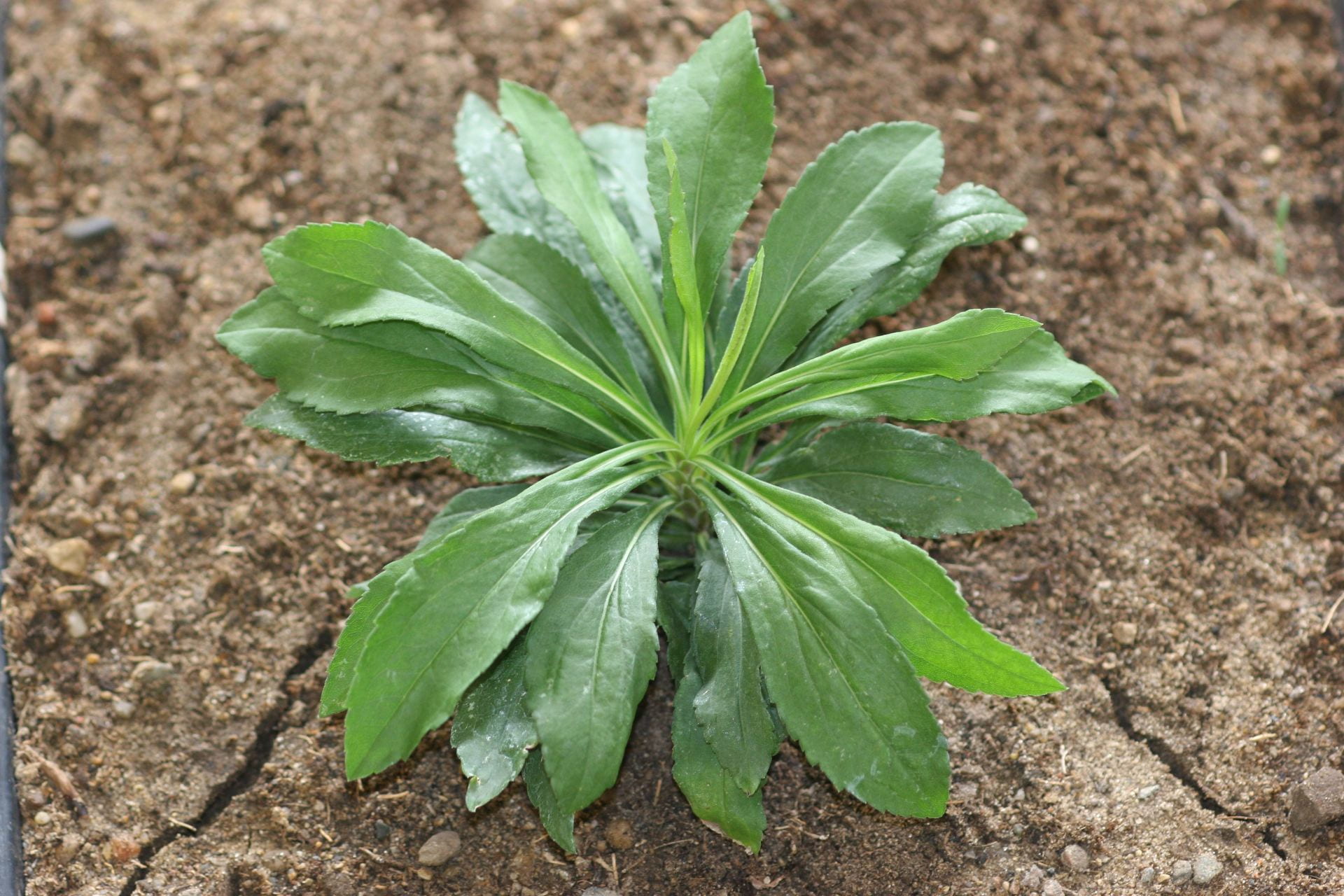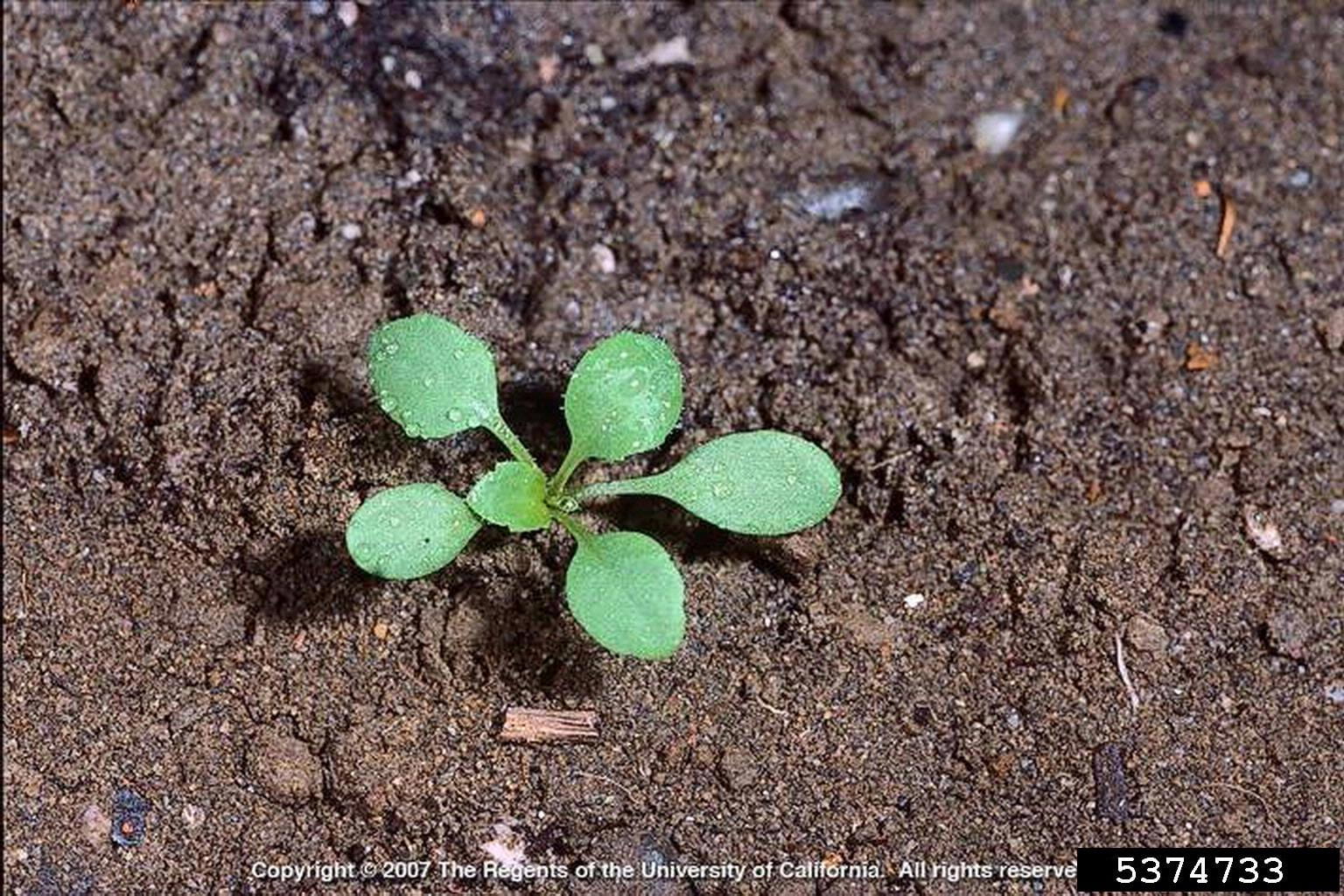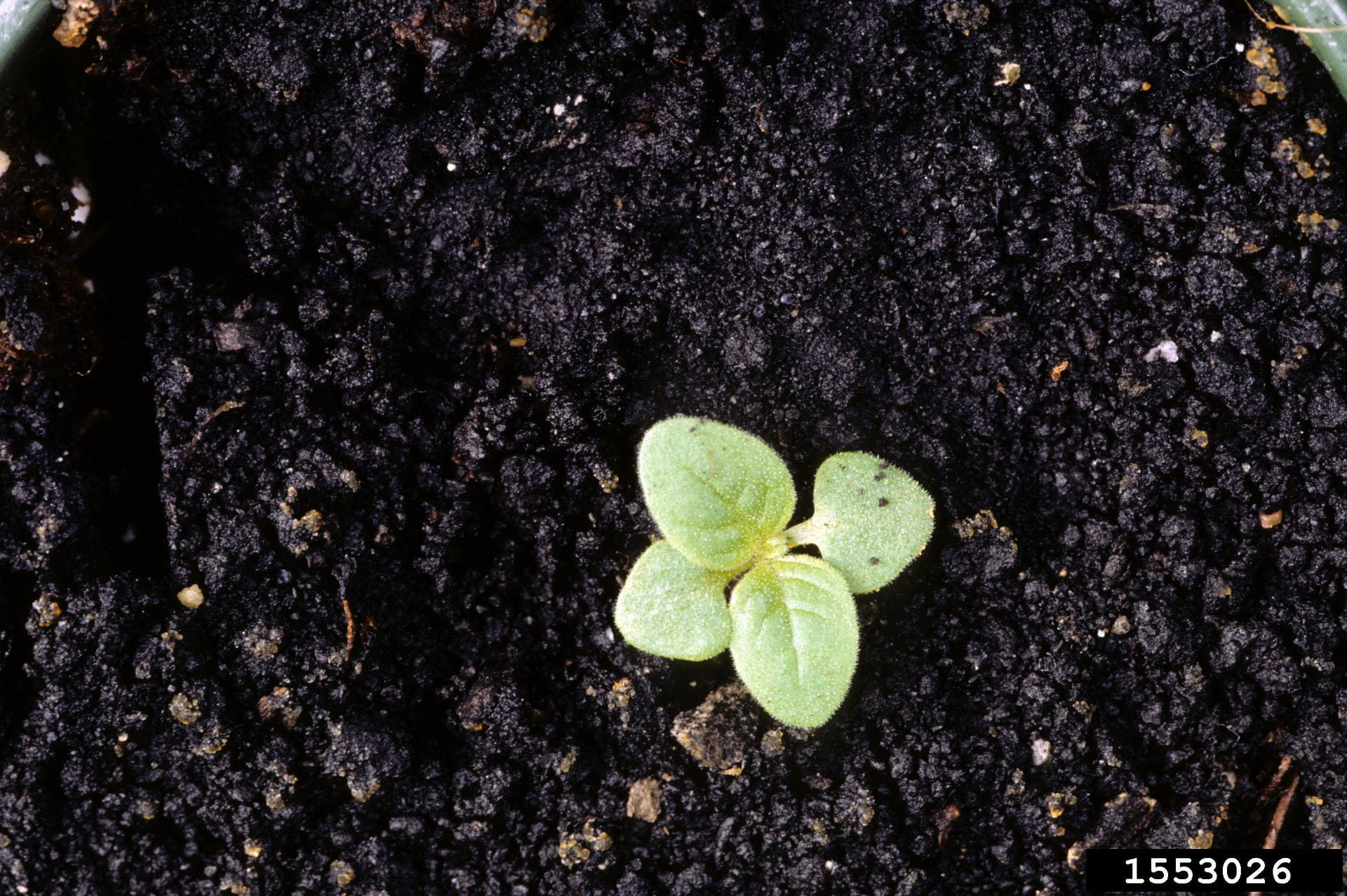Distinguishing Mustard Varieties
Early Plants
Early plants can be typically be identified according to their cotyledon, first true leaves, and/or the stem.

Mature Plants
Non-flowering/Basal rosette

Flowering plants

References
Uva R H, Neal J C, DiTomaso J M. 1997. Weeds of the Northeast. Book published by Cornell University, Ithaca NY. The go-to for weed ID in the Northeast; look for a new edition sometime in 2019.
Cornell University’s Turfgrass and Landscape Weed ID app. Identification and control options for weeds common to turf, agriculture, and gardens in New York; uses a very simple decision tree to identify your weed.


